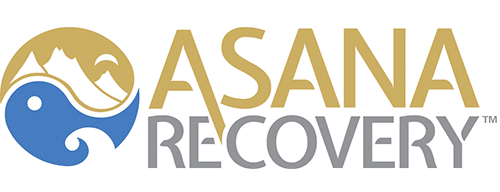People used to regard the brain as concrete and unmalleable after a certain point in biological development. However, new studies suggest that the brain remains malleable through what researchers now call plasticity, even after brain or nervous system injury from drug abuse. This should not be surprising because the brain is known for constant formation and reformation of synaptic connections based on external stimuli influences in the environment. If the brain can form memories through stronger synaptic connections, can develop stronger skills in writing through practice, and be conditioned to respond to new stimuli in specific ways, then the brain ought to also be able to heal or adapt after drug abuse.
The brain changes according to stimuli, and whether the stimuli are beneficial or detrimental to the brain, all stimuli seem to have some physiological effect on the brain. Damage changes the brain, but research shows that the central nervous system has natural resources for remodeling which is very similar to adaptation. Cell-based therapies for stroke and trauma on animals have shown axon growth and extension through mere stimulation. A nonrestorative agent called EPO has also been shown to heal stroke, neurodegenerative disease, spinal cord injury and traumatic brain injury patients by inducing brain plasticity. Overall, there is still debate in the scientific community about whether brain plasticity is caused by awakening old synapses or creating new ones.
Drugs change the chemistry of the brain and result in plasticity. Parts of the brain involved with decision-making, stress regulation, rewards, memory, and emotion are all affected by drug use. What keeps the addiction strong is the person’s actual thoughts. Hebb’s Law argues that repetitive thoughts, or neurons that fire together multiple times, creates a stronger bond between those thoughts. Therefore, if someone is always thinking about using drugs, that connection in their brain that tells them they should use drugs grows stronger.
The reward system in the brain is what works with dopamine to produce pleasurable feelings throughout the body, and without this system, people would not be motivated to drink water or eat food. This system is needed to live, but can also kill if used the wrong way. Drugs affect the neuroplasticity of the reward system by teaching this system to expect the reward of the dopamine-inducing substance known as drugs. If these substances are abruptly stopped, the brain starts breaking down and becomes confused. This brings mixed feelings of anxiety and cravings because the brain is attempting to obtain the same substance again.
The benefits of neuroplasticity are what was discussed above. Neuroplasticity allows the brain to heal from the damage caused by outside forces. Addiction, withdrawal, and negative thinking patterns that accompany drug-taking behaviors are not permanent. Quitting the substance is the first step to allow the brain to start changing back into its prior state before the drug use began. This requires a lot of patience because it takes a long time for the brain to revert to the way the brain functioned before.
Research in neuroplasticity has given hope to many who wish to end their addiction, but neuroplasticity does not just magically happen by itself. There needs to be some form of stimulation to get the process going. The best place to find professional stimulation that is therapeutic is to visit a treatment center like Asana Recovery. Asana Recovery offers various methods of inducing changes in the brain through Cognitive Behavioral Therapy, Eye Movement Desensitization and Reprocessing (EMDR), and alternative therapies. Call 949-438-4504 to learn more about what they have to offer.



